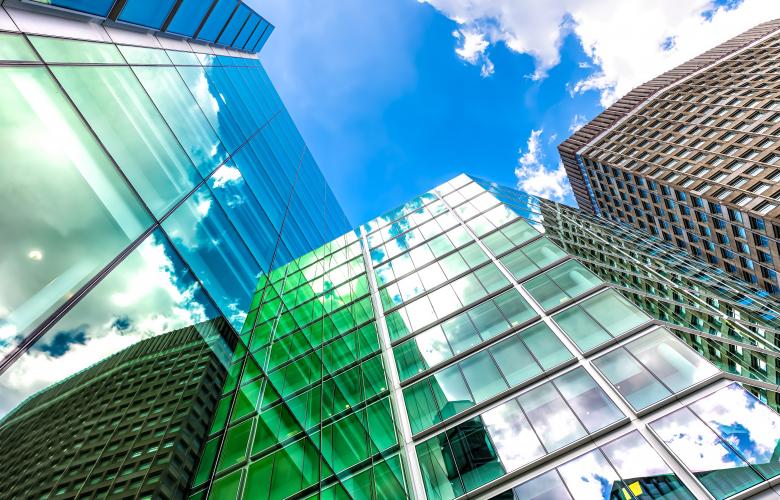CBRE’s Asia Pacific Sustainable City Ranking reveals cities in Australia and Japan are the most resilient to environmental risks and Ho Chi Minh City is the most resilient emerging Asian market. Meanwhile, Jakarta, Hanoi and mainland China cities such as Beijing and Shanghai are rapidly improving their environmental resilience.
As the region continues along a path of rapid urbanisation and economic growth, the variability of environmental performance across Asia Pacific markets requires commercial real estate occupiers and investors to tailor their Environmental, Social, and Governance (ESG) strategies to local market factors rather than adopt a one-size-fits-all approach, according to CBRE.
“Investors should differentiate their ESG strategies —for mature markets like Australia, Japan and Singapore, it’s a must to invest in green buildings and green financing capital should be prioritised to fund sustainability projects. Other markets in Asia Pacific are catching up quickly and investors should emphasise green due diligence when making new acquisitions or upgrading older property stock, especially with most new completions being green certified assets,” said Dr. Henry Chin, Global Head of Investor Thought Leadership, Asia Pacific for CBRE.
CBRE benchmarked Asia Pacific cities on the environmental risks impacting commercial real estate, including greenhouse gas emission, climate risk, air pollution, renewable energy use, and green office building adoption. The analysis is based on current performance, as well as the historical pace of improvement and forecasts of future gains, with markets divided into four groups: ‘Leaders’, ‘Solid Performers’, ‘Improvers’, and ‘Potential Performers’.
Brisbane, Canberra, Melbourne, Sydney and Perth are all ranked as Leaders, with Su-Fern Tan, Head of ESG, Pacific for CBRE, noting a large rise in the use of sustainability benchmarking tools.
However, Ms Tan said there was still unrealised opportunity in the form of green leases and potential for property owners throughout the Asia Pacific region to “do better” or face costly physical and transition risks.
“Given that most nations have 2050 net zero targets, our supply of renewable energy is currently limited. On the plus side this presents a massive opportunity for utilities to accelerate our transition to a clean energy future,” Ms Tan said.
Leaders:
• Australian cities (Brisbane, Canberra, Melbourne, Sydney, Perth) and Japanese (Osaka, Tokyo) and hold a high level of green building adoption, are increasingly adopting renewable energy, and face less physical climate risk.
• Ho Chi Minh City is the leading emerging Asian market for environmental resilience, with a high adoption of renewable energy and a low level of water stress.
• Seoul is leading the transition to a low-carbon economy in Asia Pacific and has a high level of green adoption for recent office completions.
Solid Performers:
• Auckland, Hong Kong SAR, and Singapore demonstrate strong environmental sustainability today; however, future improvements in these markets are generally bound by geographical limits. Momentum in Hong Kong SAR is also affected by slow renewable energy adoption and limited completion of new green office buildings over the past three years.
Improvers:
• Beijing, Jakarta and Shanghai have seen modest improvement on environmental sustainability. Although these cities have a late target year (2060) to be carbon neutral, nearly all recent office completions in Jakarta are green certified, while mainland China is seeing a faster transformation to green development under the country’s 14th Five-Year Plan.
Potential Performers:
• The mainland China cities of Chengdu, Guangzhou, Hangzhou and Shenzhen lag mainly because of lower green building adoption, while Manila has a high physical climate risk and has not set a net zero target.
• While Indian cities Bangalore, Chennai, Mumbai, and New Delhi are lagging on current status, momentum is building up across these markets.
• There is a huge potential for these cities to reduce emissions and become more environmentally friendly in the foreseeable future.
Click here to download a pdf of CBRE’s ‘Asia Pacific Sustainable City Ranking’ Reveals Varied Status of ESG Development Across Region
Asia Pacific Sustainable City Ranking









